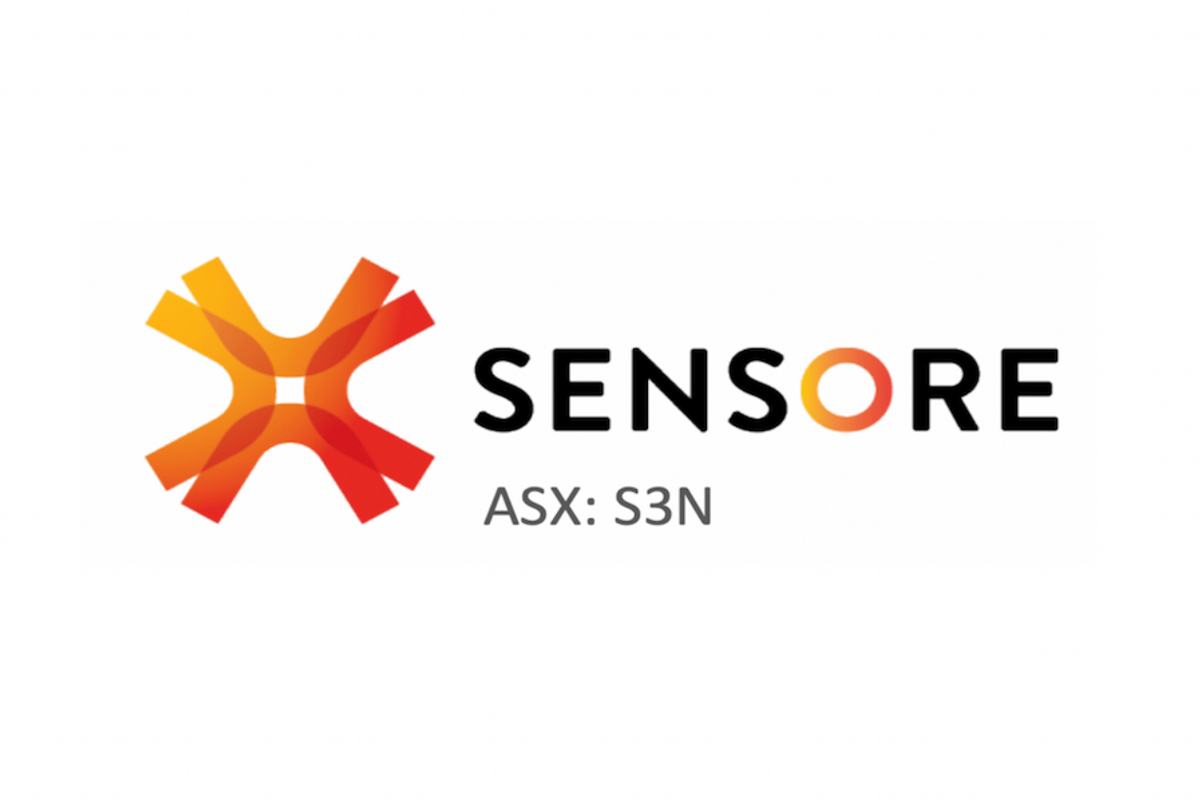
March 20, 2022
SensOre Ltd (SensOre or the Company) (ASX: S3N) is pleased to announce it has agreed terms with Deutsche Rohstoff AG on the identification, acquisition and exploration of SensOre generated lithium targets in Western Australia (JLE Venture).
These negotiations follow exciting results from SensOre’s first lithium targeting program completed in December 2021. SensOre’s JLE Venture is the latest of several client engagements that leverage the potential of SensOre’s multidimensional Data Cube and AI-enhanced targeting technology.
SensOre stands to benefit from Deutsche Rohstoff as a partner through agreed targeting, acquisition and geological consulting fees for a minimum of eight accepted lithium targets, worth $125,000 per target for a total of $1 million.
The Company will hold an initial participating interest of 30%, with Deutsche Rohstoff holding the balance. A preliminary budget of $4 million has been agreed to fund exploration activity ($2.8 million contributed by Deutsche Rohstoff and $1.2 million by SensOre).
SensOre Chief Executive Officer Richard Taylor said: “SensOre’s joint venture with Deutsche Rohstoff represents a further step in the evolution of our Company with our expansion into AI-enhanced lithium targeting, realising value from investment in the Data Cube. We look forward to collaborating with Deutsche Rohstoff to find the mines of tomorrow to reinforce Europe and Australia’s supply chain of battery and critical minerals needed to underpin global energy transition demand.”
Deutsche Rohstoff CEO Thomas Gutschlag said: “Deutsche Rohstoff has been impressed by the initial targets generated by SensOre and the practical application of their technology. We look forward to testing some of the exciting targets in the field. We have a successful track record of investing in Australia. As a result, we believe strongly in collaboration between Germany and Australia and the potential in the battery metals space.”
The companies will work together towards finalising the JLE Venture agreement, securing access to high priority targets and beginning fieldwork as soon as possible.
Click here for the full ASX Release
This article includes content from SensOre, licensed for the purpose of publishing on Investing News Australia. This article does not constitute financial product advice. It is your responsibility to perform proper due diligence before acting upon any information provided here. Please refer to our full disclaimer here.
S3N:AU
The Conversation (0)
Latest News
Latest Press Releases
Related News
TOP STOCKS
American Battery4.030.24
Aion Therapeutic0.10-0.01
Cybin Corp2.140.00